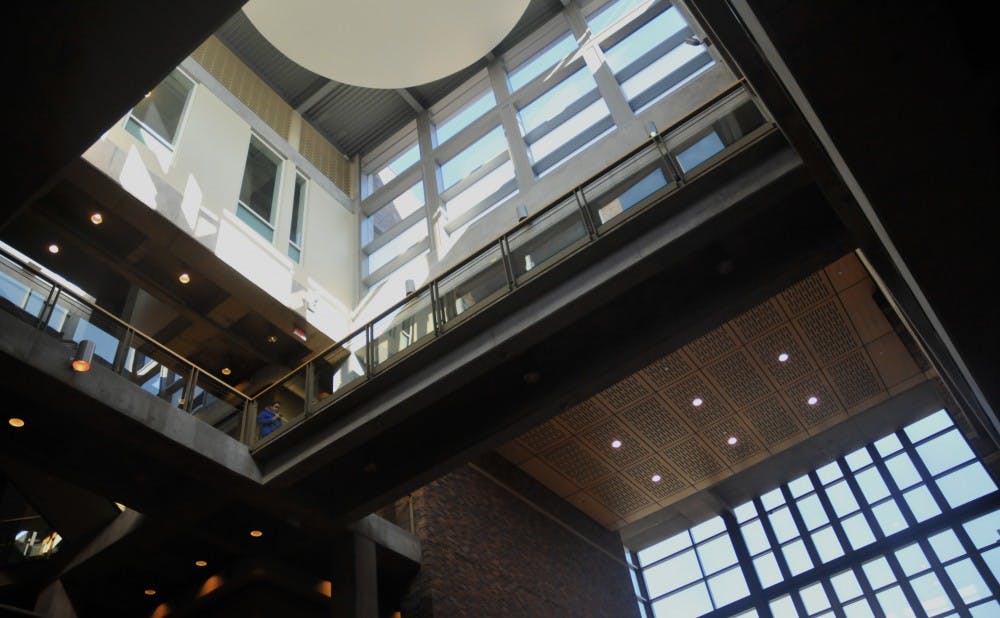North Carolina has been recognized as one of the foremost states in the ongoing movement toward more sustainable building design.
The United States Green Building Council placed North Carolina seventh on its ranking of the Top 10 States for Leadership in Energy and Environmental Design. North Carolina certified 133 building projects representing 17,183,099 square feet of real estate, or 1.8 square feet per person last year. The rankings were compiled using using 2013 data on the per-capita square footage of LEED certified space in each state and the latest census data.
“The chapter worked very hard last year to organize advocacy volunteers and corporate partners with a message to the state that LEED is beneficial to businesses, owners, occupants, the community, the environment and the wallet,” said Emily Scofield, executive director of the USGBC’s North Carolina Chapter.
LEED standards measure factors such as energy efficiency, natural resource management and indoor environmental quality in both industrial and residential building sites. In doing so, the standards contribute to a healthier environment for families, workers and the larger community.
The Durham County Justice Building received LEED Gold Certification in June 2013, the second highest certification level awarded. Tim Hillhouse, project architect at O’Brian/Atkins Associates, said Durham residents were extremely receptive to the sustainable aspects of the building’s construction.
“From the beginning, the county was determined to provide a LEED certified building,” Hillhouse wrote in an email Monday.
Since Durham County adopted a high-performance building policy in 2008, buildings and renovations of a certain scale have been required to achieve LEED certification. In order to meet this guideline, designers of the Justice Building project utilized recyclable materials and locally sourced building components. All waste discarded from construction was sorted and recycled, decreasing the amount sent to landfills by 85 percent.
The completed project features a garden of local indigenous plants, an irrigation system fueled by rainwater, lighting occupancy sensors and multiple green roofs. Hillhouse noted that sustainable features such as these should continue to play an integral role in the design world.
“The future of architecture has to consider sustainability and energy efficiency,” Hillhouse wrote. “With buildings consuming over 40 percent of our primary energy costs we need to try our best to reduce buildings’ drain on our resources both environmentally and politically.”
Like Durham, Duke has also opted to set a LEED target on all of its new buildings and renovations.
“We have one of the largest portfolios of LEED certified buildings in the country,” Duke Facilities Manager John Noonan said. “Having LEED as a goal on projects is just one aspect of sustainability that makes Duke a leader in the field.”
Duke’s campus currently has 26 LEED Certified buildings, including Smith Warehouse, Bell Tower Dormitory and French Family Science Center. The West Campus Steam plant and Baldwin Auditorium are a few of the nine projects registered to undergo LEED certification in the future.
Scofield said she thinks that higher education institutions often contribute to their respective state’s overall LEED rank.
“Colleges and universities are building LEED certified buildings as teaching, recruitment and retention tools,” Scofield said.
Get The Chronicle straight to your inbox
Sign up for our weekly newsletter. Cancel at any time.

